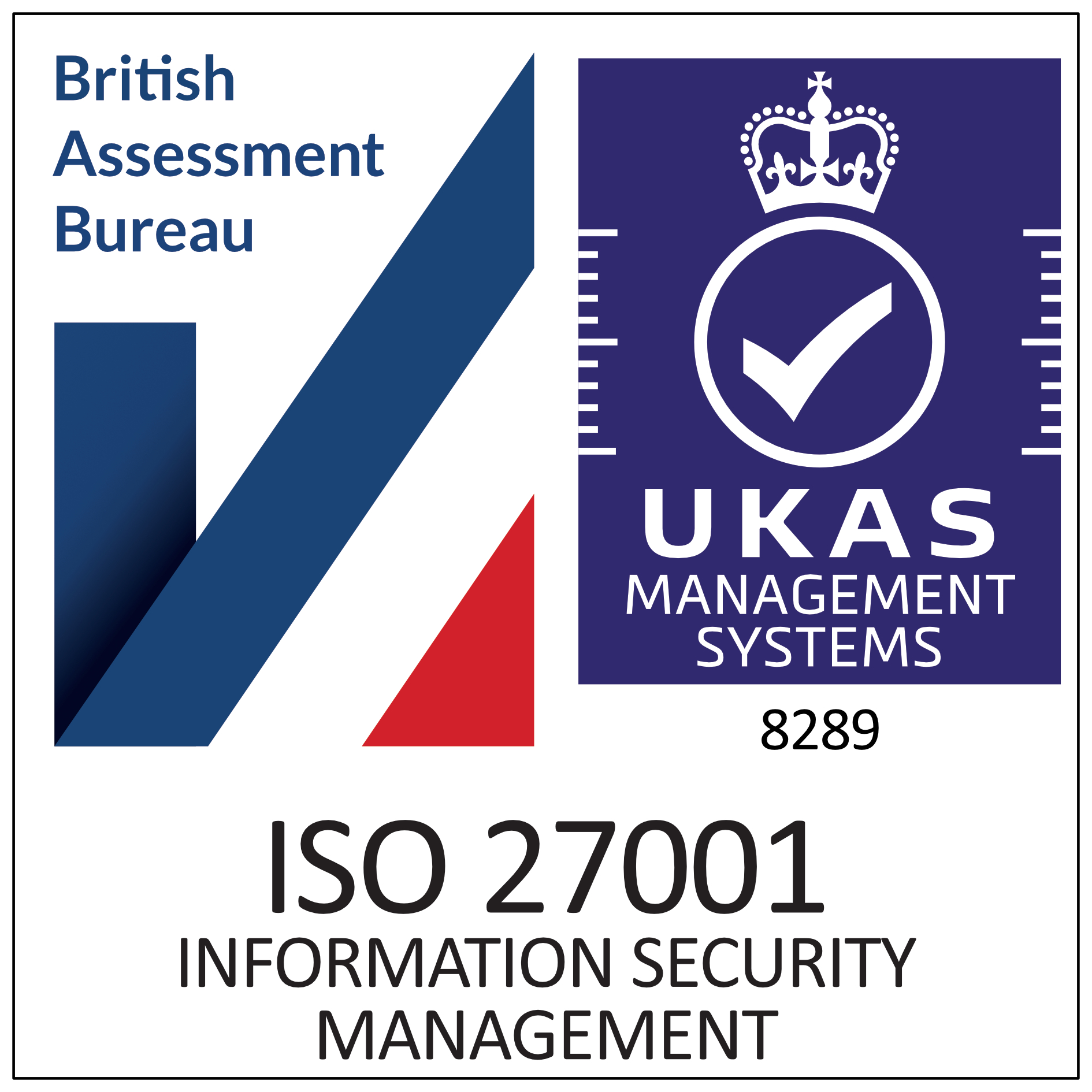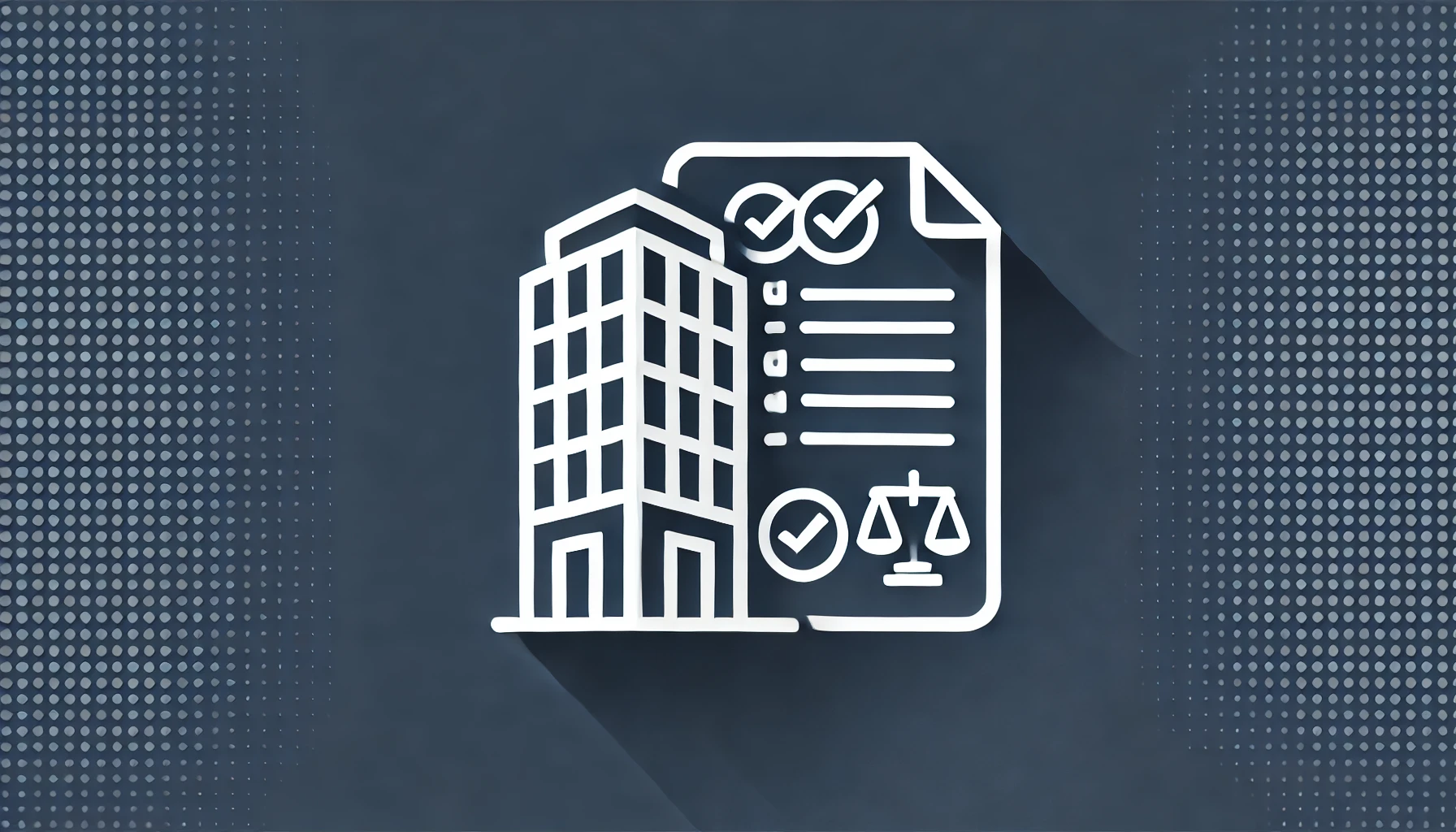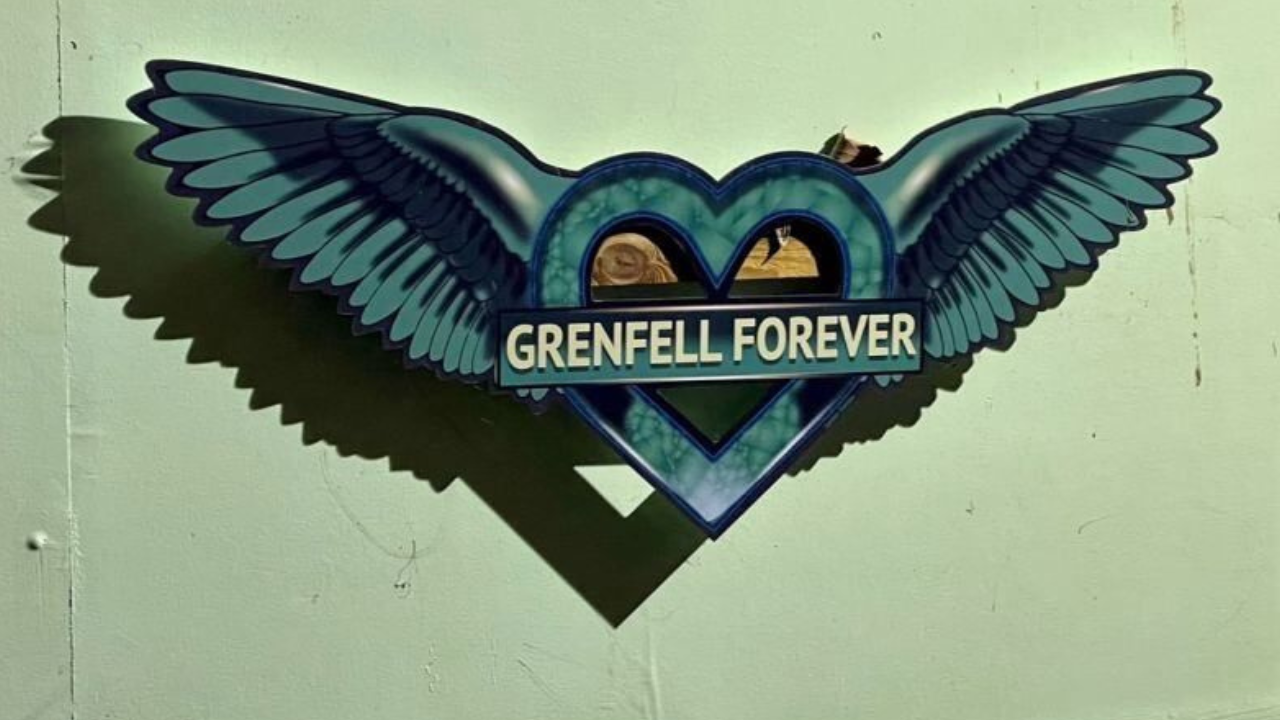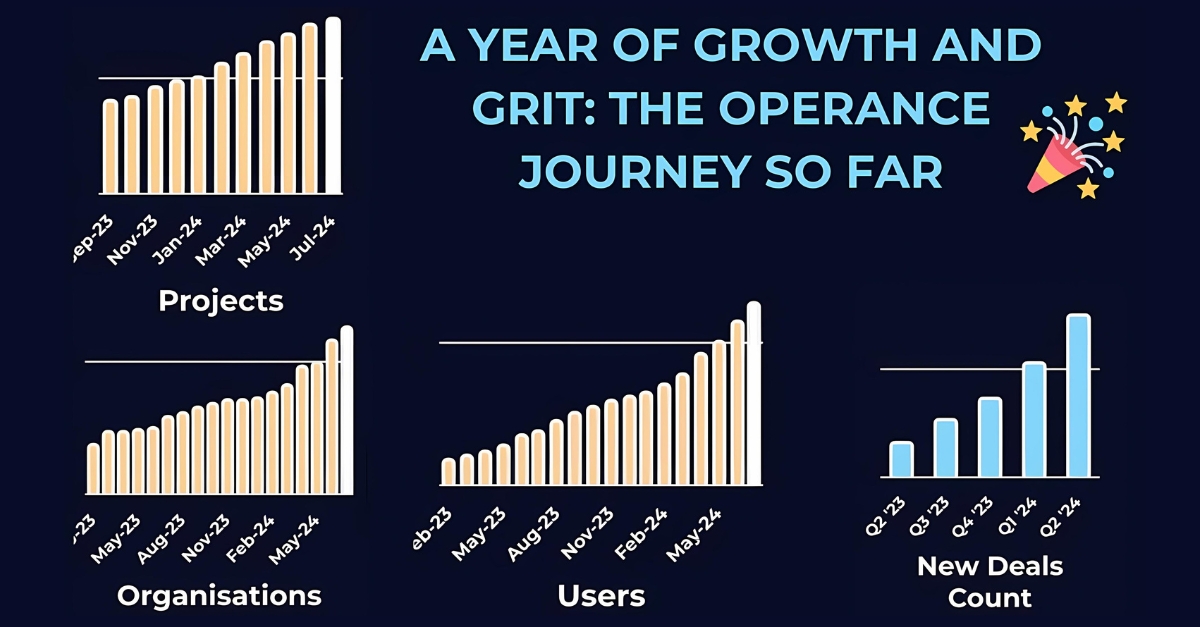What are the new Building and Fire Safety Acts? Find out everything you need to know here.

In response to the Grenfell Tower tragedy, and to keep such an event from happening again: Robert Jenrick MP announced plans to further reform the building safety system with the “biggest changes in a generation”. This move allows us to ensure that we design, build and operate safer homes that are safe to live within.
The government has now passed the Building Safety Act 2021, which includes new laws relating to building safety regulations. This bill includes the most significant and fundamental changes to building safety legislation in decades. It is 334 pages long and has been designed to prevent a disaster like the 2017 Grenfell fire from ever happening again. The new laws currently apply to all buildings higher than 18m or seven storeys, with atleast two residential units.
The Fire Safety Act 2021 is in place to ensure that residents of high-rise buildings feel safer in their homes by significantly reducing fire risks (by ensuring that they are properly managed). Now that the bill has successfully completed it’s parliamentary stages and in force, it is expected to be referred to as the Fire Safety Act of 2020 and will be an amendment to The Regulatory Reform (Fire Safety) Order 2005.
To help understand them in greater detail, here’s a useful guide to both bills:
Building Safety Act 2021
The Building Safety Bill intends to ensure that the right people have the right information at the right time so that buildings are safe and building safety risks are managed throughout the building’s lifecycle. This information is to be held digitally and is what is known as the ‘Golden Thread‘.
Key features of the Bill include:
- The introduction of a new era of accountability, making it clear where responsibility for managing safety risk lies from the design and construction phase right through to occupation;
- Tougher sanctions for those that fail to meet their obligations; and
- The installation of a powerful new Building Safety Regulator (BSR) embedded within the Health and Safety Executive. The BSR will have three main functions:
-
- To oversee the safety and standard of all buildings
- To assure the safety of higher-risk buildings (HRB)
- To improve the competence of people responsible for managing and overseeing building work.
Design and Construction Phase For Higher-Risk Buildings (HRB), where the floor surface of the building’s top storey is 18 metres or more above ground level, the digital golden thread of building safety information will be collated and audited by the duty holder during three new Design and Construction Phase ‘Gateways‘ as follows;
- Gateway One: this will occur before Dutyholders are required to be in place and those applying for planning permission.
- Gateway Two: occurs before construction work beginning and is described as a hard stop – construction works cannot begin until the Building Safety Regulator (BSR) is satisfied that the duty holder’s design is compliant with the new requirements.
- Gateway Three: is at completion requiring the duty holders:
- To hand over information (the golden thread) to the Accountable Person (AP).
- To submit to the BSR the information on the final as-built building.
Occupation Phase Post-construction, there is a new role, the ‘Accountable Person (AP)’. The AP is ‘the duty holder during occupation’. Breach of AP obligations involving consent, connivance or neglect will carry severe penalties, including fines and imprisonment. AP duties include:
- Registering the building with the BSR and apply for a Building Assurance Certificate (BAC).
- Appointing the Building Safety Manager (BSM) and informing the BSR of this appointment.
- An ongoing duty to assess the building’s safety risks and to take reasonable steps to prevent, and control the impact of a major incident.
- Produce and maintain a Residents’ Engagement Strategy, which will include information about where residents can access safety information and a complaints process.
- Maintaining a Safety Case Report to demonstrate compliance with this ongoing duty.
- Registration of a new HRB with the BSR will be pivotal as, once the new legislation is in force, the HRB cannot be occupied until that registration is completed. Existing HRBs will also need to be registered.
The Fire Safety Act 2021
The Fire Safety Bill was introduced to amend the Fire Safety Order 2005, clarifying that the responsible person or ‘duty holder‘ for multi-occupied, residential buildings must manage and reduce the risk of fire.
It provides a foundation for secondary legislation to take forward recommendations from the Grenfell Tower Inquiry phase one report, which stated that building owners and managers of high-rise and multi-occupied residential buildings should be responsible for several areas including:
- Regular inspections of lifts and the reporting of results to the local fire and rescue services
- Ensuring evacuation plans are reviewed and regularly updated and personal evacuation plans are in place for residents whose ability to evacuate may be compromised
- Ensuring fire safety instructions are provided to residents in a form that they can reasonably be expected to understand
- Ensuring individual flat entrance doors, where the external walls of the building have unsafe cladding, comply with current standards
The Fire Safety bill will also give the Secretary of State for Housing, Communities and Local Government the powers to amend the list of qualifying premises that fall within the scope of the Fire Safety Order by way of secondary legislation, enabling the government to respond quickly to developments in the design and construction of buildings. A link to the current UK Parliament status of the bill can be found here.
Book an Operance demo today:
NEWSLETTER
Revolution Is Coming
Subscribe to our newsletter so we can tell you all about it.
You can unsubscribe at any time and we don’t spam you.


















